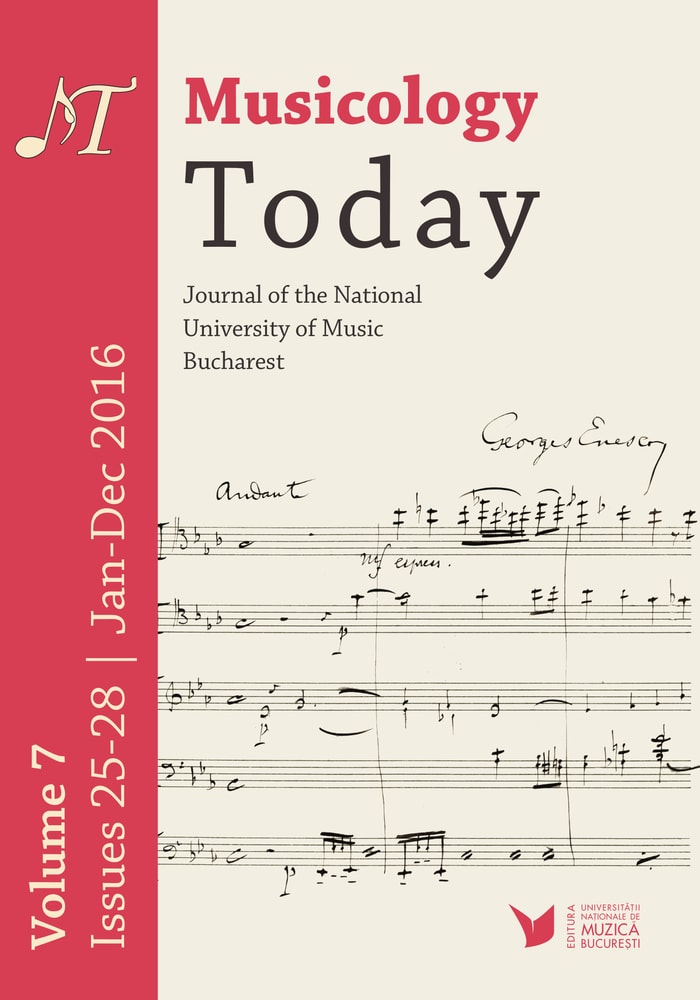Alexander Scriabin’s Structural and Harmonic Conception Revealed in Piano Sonatas No. 3 and 7
Alexander Scriabin’s Structural and Harmonic Conception Revealed in Piano Sonatas No. 3 and 7
Author(s): Mihaela-Georgiana BalanSubject(s): Music
Published by: Editura Universității Naționale de Muzică din București
Keywords: Russian music; tradition; innovation; mysticism;
Summary/Abstract: In the present paper, my purpose is to offer a detailed presentation of two contrasting piano works, so as to demonstrate Scriabin’s position at the crossing point between tradition and innovation. Sonata No. 3 in F♯ minor (1897) is an adequate example to show the composer’s ability to use his unreserved creative energy in a stylistic space narrowed by traditional demands (four movements, tonal unity, traditional structures); on the other hand, Sonata No. 7, composed 15 years later, is a mature work which reflects his complex musical way of thinking, connected to his philosophical concepts about world and art. Monolithic structure, unitary thematic based on motivic and harmonic structures, explosive climaxes, fourths and fifths chords, synthetic chords (composed of six notes), mixed chord (major-minor), all these things are essential guide marks when analyzing a score signed by Scriabin, especially after 1907.
Journal: Musicology Today: Journal of the National University of Music Bucharest
- Issue Year: 7/2016
- Issue No: 25
- Page Range: 29-54
- Page Count: 27
- Language: English

